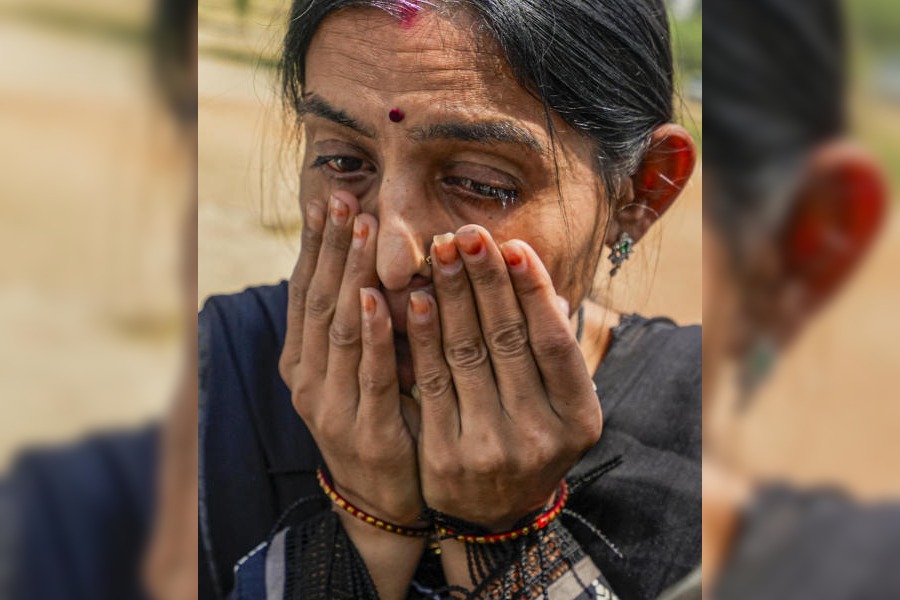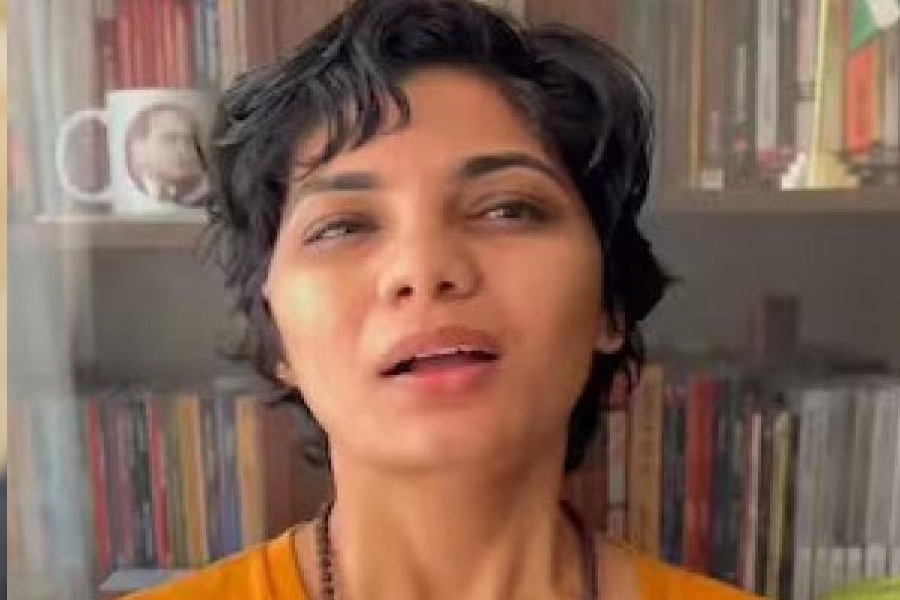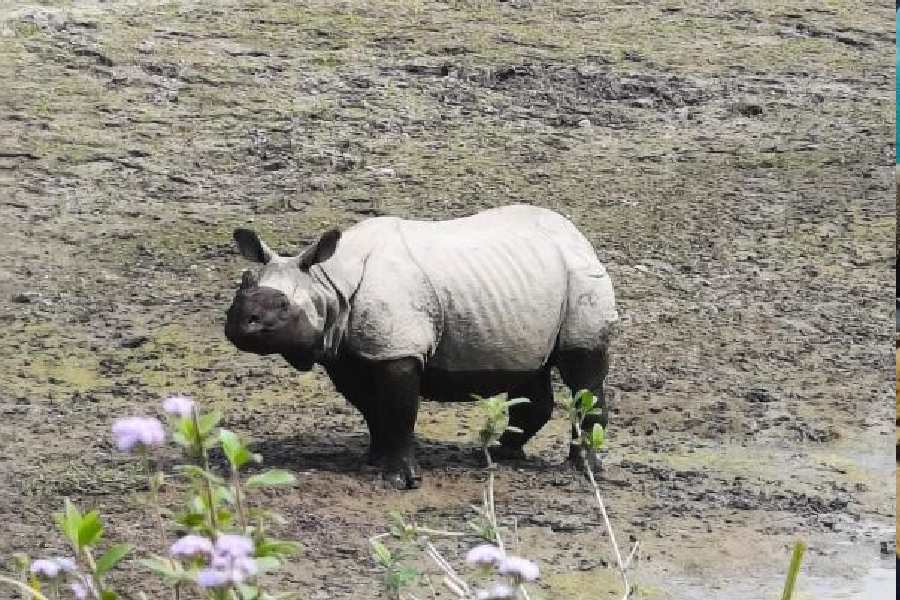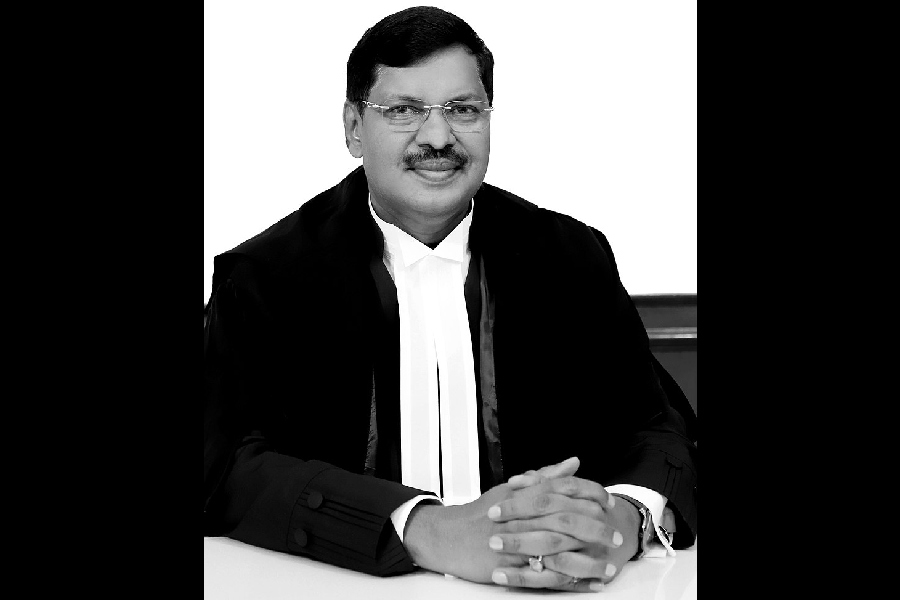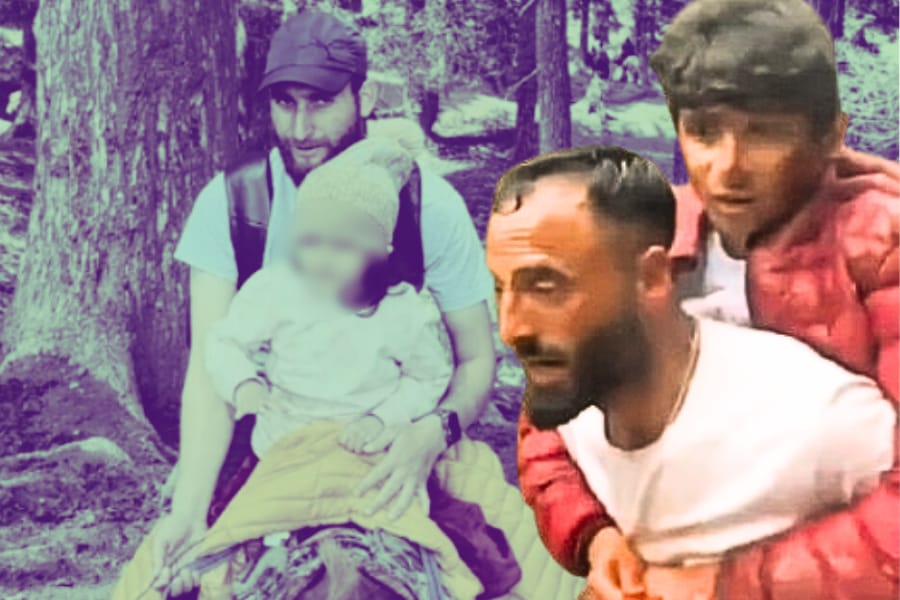 |
 |
 |
 |
| (From top): Snow-covered chalets at Gressoney; a view of the Matterhorn from Zermatt; the picturesque town of Saas Fee; a view of the Monte Rosa peak from Champoluc |
It was a short helicopter ride but the views were stunning all the way. As the chopper gobbled up the miles between Zurich and Zermatt, we kept our eyes on the picturesque scenery that kept coming into view. At one moment we were flying low over a stunning medieval castle in the midst of a lush forest. Then, we could, in the distance, see the Matterhorn and Monte Rosa peaks bathed in bright sunlight.
Zermatt was exactly as we expected. The tourists had descended on the charming town with its traditional-style houses and churches. All around were people carrying their skis to and from the slopes. It was summer and the flowers in full bloom added splashes of colour everywhere. And, all around, there are the mountains looming large.
We were here for a trek but Donna, my niece, wanted to get in some skiing before we set out. So the next day, we went with Donna and her friend Niki who had joined us for a day from Milan, to the skiing point by cable car. We sat in the restaurant and watched the youngsters whooshing along the slopes. As they went up and down, we unfolded our map of the Swiss and Italian Alps and made our plans for the trek.
The beautiful peak of Monte Rosa is in the Swiss Alps, just east of the Matterhorn. Located in one of the most heavily glaciated areas in the Alps, it is the centerpiece of a challenging trek circuit. The tourist brochure informed us that the walk offered views of Western Europe’s largest and most spectacular peaks including the summits of Monte Rosa, Matterhorn, Dom and Taschhorn.
Soon afterwards we met up with our trek guide, Guilo Roberto, a young man of 26. He outlined the route, the sights on the way and the difficulties we might encounter. We were slated to start out by following the Europaweg ? a high path offering stunning views of the Valais’ summits. Then we would cross into Saas Fee on a dramatic path carved into the rock with up-close views of the nearby glaciers.
Along the way we would cross from Switzerland into Italy and through the delightful Piemonte region with its blend of Italian and Germanic influences. Finally, we would climb the lower flanks of the Matterhorn and cross the glaciated Theodul Pass before descending back into lively Zermatt.
Guilo cautioned us of treacherous trails on our way. But we dispelled his worries by describing our Indian treks where, for long stretches we’d walked at heights of above 10,000ft ? and that too without the sophisticated arrangements that exist in Europe. To celebrate our journey we ordered a bottle of Johnny Walker Black Label. Guilo drank almost the entire bottle, reminding us that we couldn’t have any alcohol during the journey.
We got a gentle start on the first morning when we boarded the cable car that took us into the mountains. We began our trek along the Europaweg, which is carved into the Mattertal’s slopes.
It was a six-hour trek and it felt almost like taking a walk in the lovely English countryside. We stopped during the day to enjoy the magnificent views of both the Matterhorn and the Mischabel. The peaks look different at various times of the day. Guilo timed the trek perfectly and at the end of six-hours, we were at a campsite.
On the second day, we had a sumptuous ? and early ? breakfast and continued walking along the balcony trail of the Europaweg. On the way, we passed beautiful hamlets, mostly inhabited by shepherds and their sheep, and we had delicious homemade pastries at village shops. We walked through open hillsides and lush forests and made our way to the beautiful Mattertal Water Falls. Then we saw the splendid views across the Rhone to the Oberland. Our destination for the day was Grachen, the driest village in Switzerland, which lies on the shelf above the Mattertal.
That changed slightly by the third day as we tackled the Grachen Hohenweg (high route). On all sides were stunning snow-bound mountains and glaciers. The most amazing of all was the Mischabel range, with its glaciers and high peaks, including the Dom. The Dom is the tallest peak of the region and looked massive from where we stood. When we reached the pretty town of Saas Fee, we camped for the night.
On the fourth day, we were in high mountain country. We left Saas Fee, by the rocky mountain trail, which led to the Monte Moro Pass. We followed the pass, which dates back to the Middle Ages, through boulder-strewn fields and imposing granite slabs, watched by the east face of the Monte Rosa. We continued our trek towards Staafa, and spent the night in a comfortable inn.
The next day, storm clouds gathered above us. However, we started for the ancient road and reached Turlo Pass. We were proceeding towards Valsesia and as we advanced, we came across fantastic flora, as well as abandoned ‘Alp huts’ and remote stone farms. We saw a lone mountain goat standing on a ridge with a cloud behind it ? looking like it was out of a storybook. Throughout the day we had impressive views of the Monte Rosa, and other peaks in the Apennine Alps. With our zoom lens we could see mountaineers crossing a glacier close to the summit of Monte Rosa.
The sixth day was the toughest of all. Guilo explained that our aim for the day was to ascend along the picturesque Col d’Olen at 1700m, one of the high points in the trek. Guilo cautiously suggested a lift for people who didn’t feel like climbing the pass. We showed him a map of the Nanda Devi biosphere with peaks like Nanda Devi (east and west), Shivling and Kedar Dom, all beyond 7,000m and explained that we were veterans of much tougher stuff. After traversing the panoramic ridge line, we headed to the village of Gressoney and spent the night there in a chalet.
We had two more days in the mountains. On Day Seven, we climbed to a high pass, crossing many small hamlets and had a basket lunch. After that we descended to the Val D’Ayas and a charming country inn in Champoluc. The next day proved a bit tougher because we had to go through the Theodul Pass, another high point. This time we huffed and puffed to the pass. But we were rewarded by some of the best alpine scenes I had ever seen. We crossed the glaciated pass and headed back to Zermatt.
Back at last, we explored the curio shops and did some memento shopping. We also stopped by at the beautiful Zermatt Church, Pfarrkirche. The next morning we took the train out of Zermatt leaving the enchanting Alps behind, but carrying our memories with us.
Photographs by the author, Donna Ghosh and Guilo Roberto
Fact file
• How to reach: The best way to reach Zermatt, the starting point of a trek, is from Zurich. Once in Zurich there are buses, trains and helicopters to reach Zermatt. Cable cars can take you to the starting point too.
• Where to stay at Zermatt: There are 130 hotels and guest houses to suit all budgets here. Guides — a must for any trek — are also available.
• Staying while trekking: There are campsites to pitch tents and stay overnight. Villages on the way also provide picturesque chalets for spending the night.





